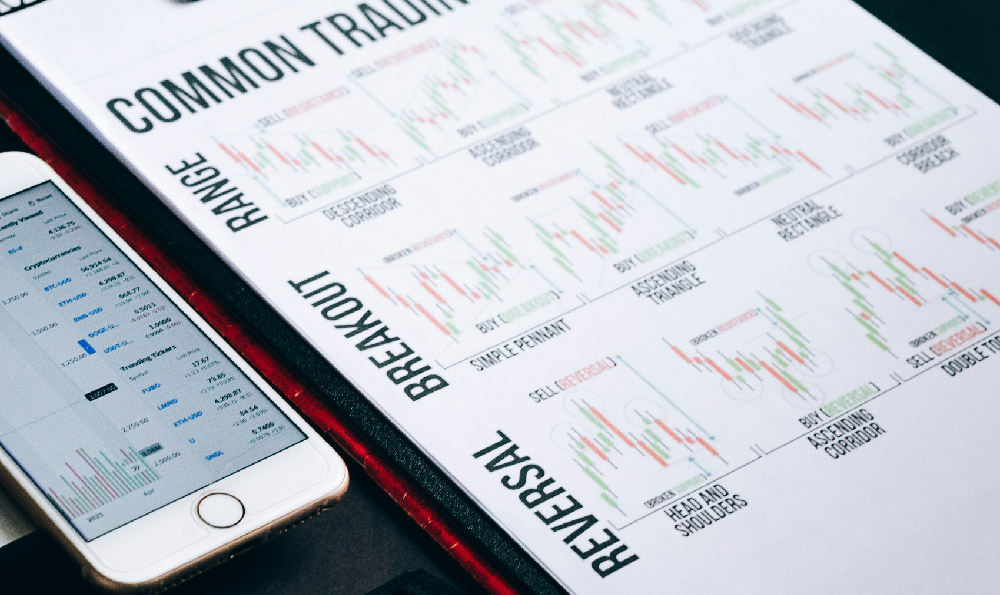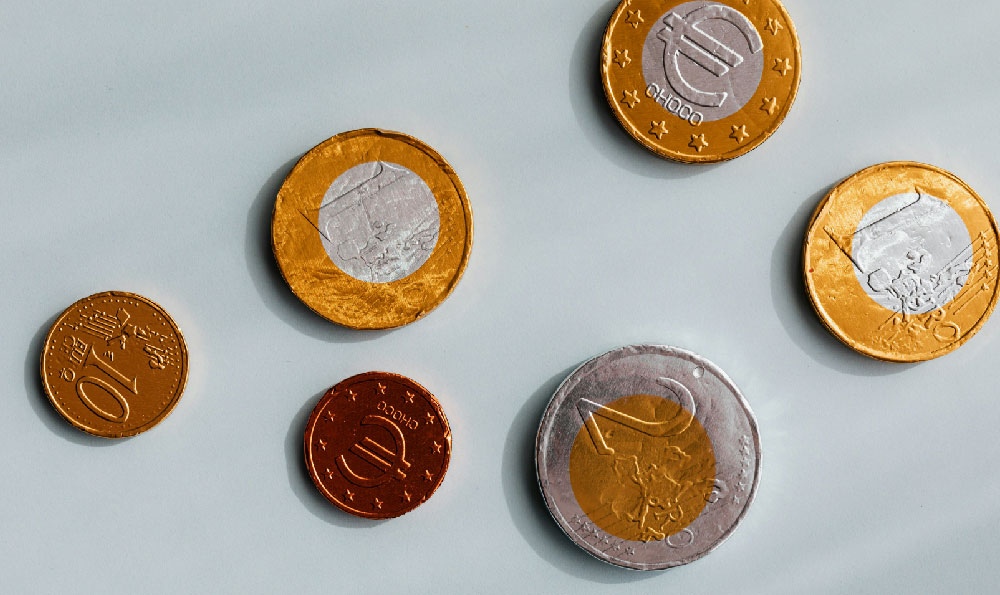Are you looking to monetize your digital art? What are the most effective strategies for making money with digital art?

The digital art landscape has exploded in recent years, fueled by advancements in technology and a growing appreciation for creative expression in the digital realm. This has opened up unprecedented opportunities for artists to monetize their work, but navigating this ever-evolving market requires a strategic approach. Simply creating compelling art isn't enough; understanding the different avenues for monetization and adapting to the demands of the digital art consumer are critical for success.
One of the most direct and traditional methods is selling digital art online through established marketplaces. Platforms like Etsy, Society6, Redbubble, and Displate offer a convenient way to reach a broad audience. The key here is to understand the unique characteristics of each platform. Etsy tends to favor handmade and vintage items, so digital art that mimics these aesthetics or is used to create physical products that fit that niche performs well. Society6 and Redbubble operate on a print-on-demand model, allowing artists to upload their designs and have them printed on various products like clothing, phone cases, and home decor. This removes the burden of inventory management and fulfillment. Displate specializes in metal posters, offering a unique and premium aesthetic. Success on these platforms hinges on high-quality artwork, compelling product mockups, effective SEO (Search Engine Optimization) to improve discoverability, and active engagement with the community. Artists should carefully research each platform's fee structure and target audience before committing.
Moving beyond these general marketplaces, artists can also explore niche platforms that cater specifically to digital art collectors. ArtStation, for instance, is a popular platform for showcasing and selling art to professionals in the gaming, film, and animation industries. It's a great place to build a portfolio, connect with potential clients, and sell prints or digital downloads. DeviantArt, a long-standing online art community, offers a platform for artists to showcase their work, receive feedback, and sell prints and digital files. These platforms often have a more discerning audience and require a higher level of artistic skill and professionalism.

Another burgeoning avenue is the world of NFTs (Non-Fungible Tokens). NFTs represent unique digital assets that are stored on a blockchain, providing verifiable ownership and scarcity. Selling digital art as NFTs allows artists to bypass traditional intermediaries and connect directly with collectors. Platforms like OpenSea, Rarible, and Foundation are popular marketplaces for buying and selling NFTs. However, the NFT market is notoriously volatile and requires a thorough understanding of blockchain technology, cryptocurrency, and the associated risks. Before minting and selling NFTs, artists should research gas fees (transaction costs on the blockchain), understand the different blockchain networks (Ethereum, Solana, etc.), and be prepared to market their NFTs effectively. Building a strong online presence and engaging with the NFT community are essential for success in this space. Moreover, the environmental impact of certain blockchains (particularly Ethereum's proof-of-work system before its transition to proof-of-stake) should be considered. Artists can mitigate this by choosing more environmentally friendly blockchains or by offsetting their carbon footprint.
Beyond direct sales, artists can also monetize their digital art through licensing. Licensing involves granting others the right to use your artwork for specific purposes in exchange for a fee or royalty. This can be a lucrative option for artists who create high-quality assets that are in demand by businesses and other organizations. Stock photo agencies like Shutterstock and Adobe Stock offer opportunities to license digital illustrations, photographs, and vector graphics. These agencies typically pay a royalty on each sale, and the artist retains the copyright to their work. Licensing agreements can also be negotiated directly with businesses for use in advertising, marketing materials, product packaging, and other applications. Careful consideration should be given to the scope of the license, the duration, and the payment terms. Consulting with a lawyer specializing in intellectual property is advisable to ensure that the artist's rights are protected.
Building a strong online presence is paramount for any digital artist seeking to monetize their work. This involves creating a professional website or online portfolio to showcase your best pieces, actively engaging on social media platforms like Instagram, Twitter, and TikTok, and building an email list to connect with potential customers and fans. Regularly sharing new artwork, behind-the-scenes glimpses of your creative process, and engaging with your audience are crucial for building brand awareness and driving sales. Collaborating with other artists and influencers can also help to expand your reach and attract new followers. Content marketing, such as creating tutorials, blog posts, and videos related to digital art, can establish you as an expert in your field and attract a wider audience.
Furthermore, consider offering services beyond just selling finished artwork. Commissions, where you create custom pieces for individual clients, can be a stable source of income. Tutoring or teaching online courses on digital art techniques can leverage your skills and knowledge. Creating and selling digital assets like brushes, textures, and templates can provide passive income streams. The key is to diversify your offerings and cater to the specific needs of your target audience.
Finally, risk management is an essential aspect of any investment strategy, including investing in one's own art. Don't put all your eggs in one basket. Diversify your income streams by exploring different monetization methods and platforms. Continuously learn and adapt to the changing trends in the digital art market. Be wary of scams and schemes that promise unrealistic returns. Protect your intellectual property by registering your copyrights and watermarking your artwork. And most importantly, invest in your skills and continue to hone your craft. By combining artistic talent with a strategic and business-minded approach, digital artists can effectively monetize their work and achieve financial success in the ever-evolving digital landscape. The journey requires dedication, perseverance, and a willingness to adapt, but the rewards can be significant for those who are willing to put in the effort.















